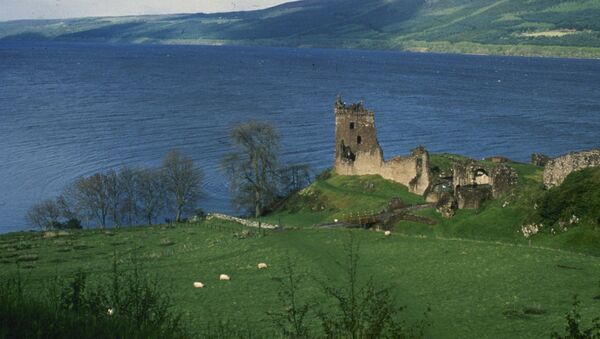A team of scientists from Australia, Britain, Denmark, France, New Zealand and the United States has presented their plans to study the Scottish lake Loch Ness, known around the globe as the purported home of an enormous monster, using environmental DNA (eDNA) experiments.
The tool, which has been used to study whales, sharks and other marine creatures, is expected to find traces of the so-called Loch Ness Monster, if there are any, and close the buzz around the issue, which has been circulating since the 6th century and reached its high point over the past 100 years. They are to present their findings in January 2019.
Researchers plan to capture and analyze the DNA samples from floating traces of skin, scales, feces and urine, any organism leaves in the environment. The results are to be compared with the genetic sequence from thousands of organisms from a large database, as the team’s spokesman, Professor Neil Gemmell, explained to Reuters.
READ MORE: Rise of the Biohackers: Researchers Encode Malware in DNA Strands in World First
He predicts that the group will register new species; however it’s more about bacteria rather than about the monster Nessie. The study is also expected to provide important information about new invasive species, such as Pacific pink salmon, which have been found in the lake. Gemmell also notes that the research is going to contribute to science regardless of the success of the hunt for the monster.
Sightings of the Loch Ness Monster, first mentioned in the 6th century by the Irish monk St. Columba as a “water beast,” reached a record-breaking number last year, as the 11 of them, registered in the official sightings book in 2017, were the highest this century. Interestingly, more and more people are demonstrating interest in Nessie-related events, since ever more competitions for the best Nessie sighting have been introduced across Scotland, with the public increasingly putting out books about proof of the Loch Ness Monster’s existence. One woman who had a surprise monster sighting and filmed it during her honeymoon in the Highlands last year recently won £1,500 for her extraordinary experience.
Numerous scientific studies have been prompted as well. Around 15 years ago, scientists, funded by the BBC, used 600 sonar beams and satellites to search the waters of the loch. In 2016, researchers attempted to find the monster with a marine drone, but ended up with a dummy used for shooting a Sherlock Holmes’ movie in the 1970s.


